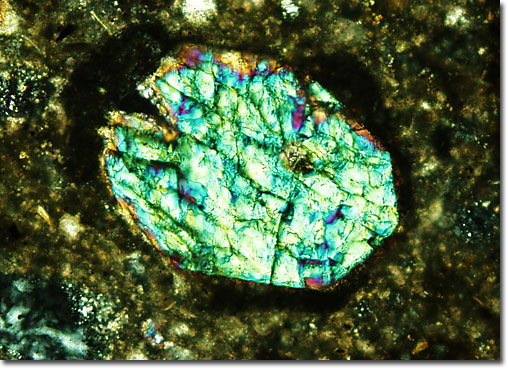|
Peperino tuff is best known as building stone heavily utilized by the ancient Romans. The rock is a special variety of trachyte tuff that contains little or no quartz, but significant amounts of orthoclase and oligoclase felspar with scattered crystals of biotite, augite, and various other dark minerals. Although peperino tuff is primarily gray or brown in color, the name of the rock refers to the dark inclusions of these minerals, which were thought to resemble peppercorns in the archetypal peperino found in Italy. The Romans mined the relatively soft rock from the Alban Hills, located approximately 20 km southeast of Rome and about 24 km north of Anzio. The tuff found in these famous hills, which were formed by a volcano that is now extinct, was not only used for construction, but also as a mineral-rich material in which grape vines could be grown.
|
